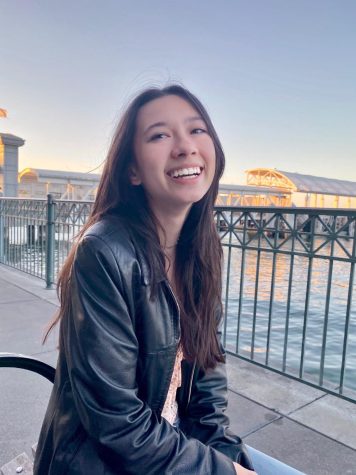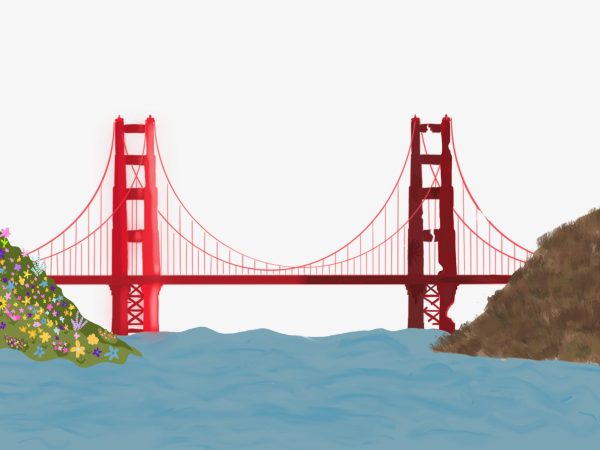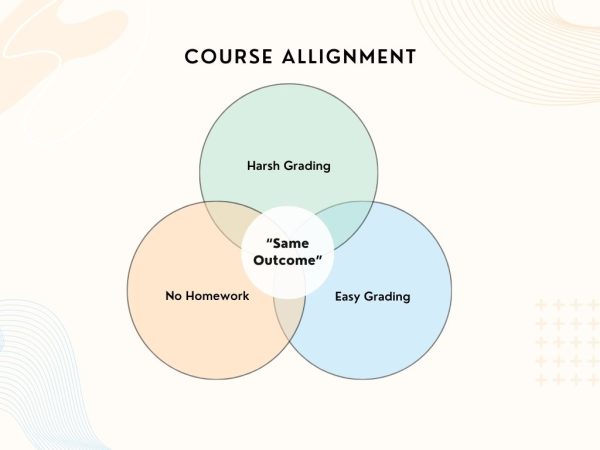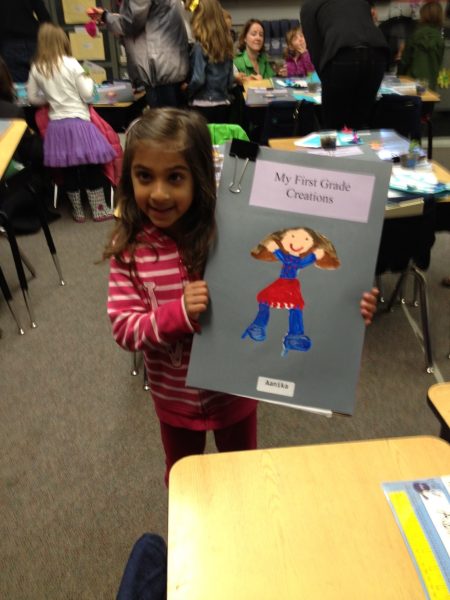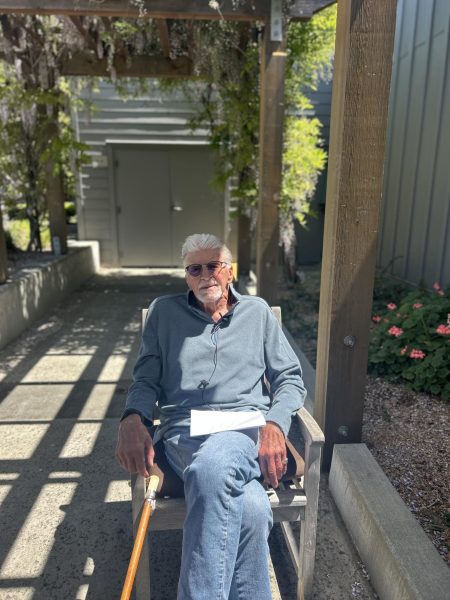Diversity in Hollywood: A movement or moment
May 5, 2023
The first time I remember see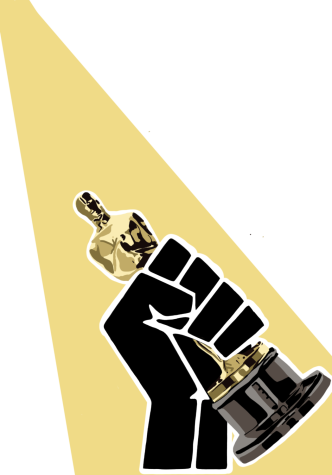 ing a film with actors that looked like me was when my mom took me to see “Crazy Rich Asians” in 2018. I was 13. The feeling of seeing someone who looked like me surrounded by elegance and projected thirty feet tall made the world seem limitless.
ing a film with actors that looked like me was when my mom took me to see “Crazy Rich Asians” in 2018. I was 13. The feeling of seeing someone who looked like me surrounded by elegance and projected thirty feet tall made the world seem limitless.
For those that identify as white, straight or a predominant group in the United States, seeing people who look like them in mass media is not something they think about often. In film and television, there are virtually limitless variations of them reflected on screen, from doctors to superheroes. However, the lack of diversity is much more noticeable for those not represented in film and media.
Today, movies and television do not simply provide entertainment; they inspire, allowing audiences to develop a connection with characters. For film and television to be genuinely relatable, they must reflect the world we live in. Shea McHugh, president of the Anti-Racism Book Club, also noted the importance of diversity.
“[Diversity] is realistic… There are tons of different people worldwide, so film is much more interesting with a diverse range of stories,” McHugh said.
This is one of the many reasons diversity in Hollywood is essential. According to the University of California, Los Angeles’ 2023 diversity report, an in-depth study on diversity throughout the film industry, only 2.2 out of 10 lead actors are people of color.
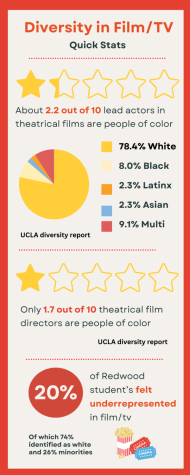 At Redwood, 74 percent of students identify as white, while 26 percent identify with an ethnic minority group. This includes Asian/Pacific Islander, Black, Hispanic or Native American. Nearly 80 percent of those identifying with an ethnic minority group felt unrepresented in film.
At Redwood, 74 percent of students identify as white, while 26 percent identify with an ethnic minority group. This includes Asian/Pacific Islander, Black, Hispanic or Native American. Nearly 80 percent of those identifying with an ethnic minority group felt unrepresented in film.
The roots of systemic racial issues are deeply embedded in our collective history. Historically, white male voices dominated the film industry, marginalizing people of color and minority individuals. When marginalized groups appeared on screen, the industry did so through the proliferation of stereotypes: donning blackface and exaggerated caricatures. Then the counterculture of Civil Rights and Feminism movements introduced a new wave of film. But, it was not until the late 1980s that real change in the industry began, with films from “Family Matters” to “Boyz N the Hood.” Mr. Minhondo, the Ethnic Studies and Film teacher, further commented on this shift in Hollywood.
“People of color could not really tell their story until the 1990s. You could talk about breakthrough artists like Bruce Lee in the 70s. He had this power in the industry, but as much as he tore down stereotypes, he also created a new stereotype… The civil rights movement [likewise] opened doors in some ways. [Especially] for black filmmaking in the late 60s, but the films were [mainly] blaxploitation, where the only way to get audiences is through stereotypes,” Minhondo said.
When diversity is implemented with stereotypical characters, that diversity does not become inclusive but inaccurate. Stereotypes, whether the token minority side-character, the loud Black woman or the Asian doctor, all evolved through time and are still present in today’s media. For instance, the iconic 90s film “Clueless” and today’s “Stranger Things” feature the minority best friend trope.
McHugh, and Jeffrey Gee Chin, a former Redwood student and current filmmaker in Los Angeles, both touched upon this issue.
“[Diversity] helps destigmatize groups. However, you might only know [a certain minority] through media, and if the media you consume has exclusively stereotypes, that’s what you’re going to know. That’s the thing; it must be good representation,” McHugh said.
“Specifically for Asian Americans, we are constantly represented from an immigrant perspective… So when are we going to see more stories where characters just happen to be Asian?… I think that is the level of evolution in the type of stories we need to see because of how the world has grown,” said Chin.
This commonality in the film industry is primarily due to production behind the scenes. 1.7 directors and 1.2 writers, out of ten, are people of color, according to the 2023 UCLA diversity report.
“On an executive level, Hollywood has still failed to provide representation at the top… Hiring more diverse people to be on their executive board and President level is the next step,” Chin added.
Diana Sanchez Maciel, the education program manager for the California Film Institute, commented on the origin of this problem.
“Writers and producers know that whatever show they produce might get backlash if there’s no diversity. Commonly writers are white. Therefore, there are stereotypes because they… do not know about [minorities’] experiences… They’re just writing these two-dimensional characters to support. So it’s still a structural problem. The people in the room are starting to realize that they must invite those who share those experiences to write solid characters.” 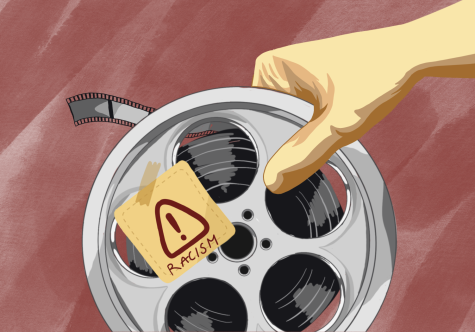
In the broadest sense, the film industry’s goal is views and money, which bleeds into their use of diversity in production.
“Companies are trying to appeal to the largest possible demographic, so they pick someone they think everyone can project– a specific demographic. But anything other than a cis-white-man is seen as deviant when in reality it’s completely normal,” McHugh said.
Despite the backlash Hollywood receives for stereotypes in film, many claim the industry is moving in the right direction.
“Right now, there is a new kind of wave for Hollywood to catch up with society… and you see that in films in the past five years especially,” Maciel said.
The turning point for more accurate and diverse representation is recent. Maciel argues this transition is largely due to the success of the 2016 Oscars’ best motion picture winner, “Moonlight.” The film is racially diverse and socially diverse with LGBTQ+ plot points. Following this film came movies like “Black Panther,” “Snowfall,” “Encanto,” “Everything, Everywhere, All At Once” and soon a “The Little Mermaid” remake, starring Halle Bailey. When film starts to include diversity through accurate representation, it starts to have an impact on its audience, like Ayden Ji, a senior interested in pursuing a career in film.
“I am of Asian descent. So when movies like [“Everything Everywhere All at Once”] come out it shows that there is a lot of potential for diversity in film… Which makes me excited to see what I can do [in the film industry]. But I am a little bit scared because of industry standards, including my race. I don’t want to be limited by that,” said Ji.
Jeffrey Chin, also reminisced on the impact of representation.
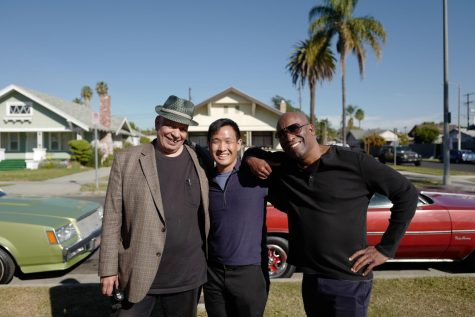
“Growing up in Marin, there were not many Asian students… as well as not much exposure to Asian American role models. So having representation, both in front of the camera and behind the camera, I think has given the whole next generation of artists, of all backgrounds, the confidence that there’s potential for a career in the film and TV industry,” Chin said.
In addition to the industry moving in the right direction there are ways for it to improve. Particularly in terms of emphasizing opportunities for independent and indie filmmakers.
“[Independent] filmmakers have been doing festival circuits for years… remaining true to their art form and perspective,” said Maciel. “But it’s places like film festivals’ roles to create an opening to these voices…whether adding categories for emerging filmmakers or waiving fees.”
Despite Hollywood’s stained history, it is impossible to ignore the immense advancement. On one hand, we have seen much progress since the days of blackface and Mr. Yunioshi in “Breakfast at Tiffany’s,” but society still has much to do.
“[The film industry] is moving in a direction where it is more accepting and culturally understanding,” Ji said. “But it is gonna be a long process of taking Hollywood down to realism instead of stereotypes.”

